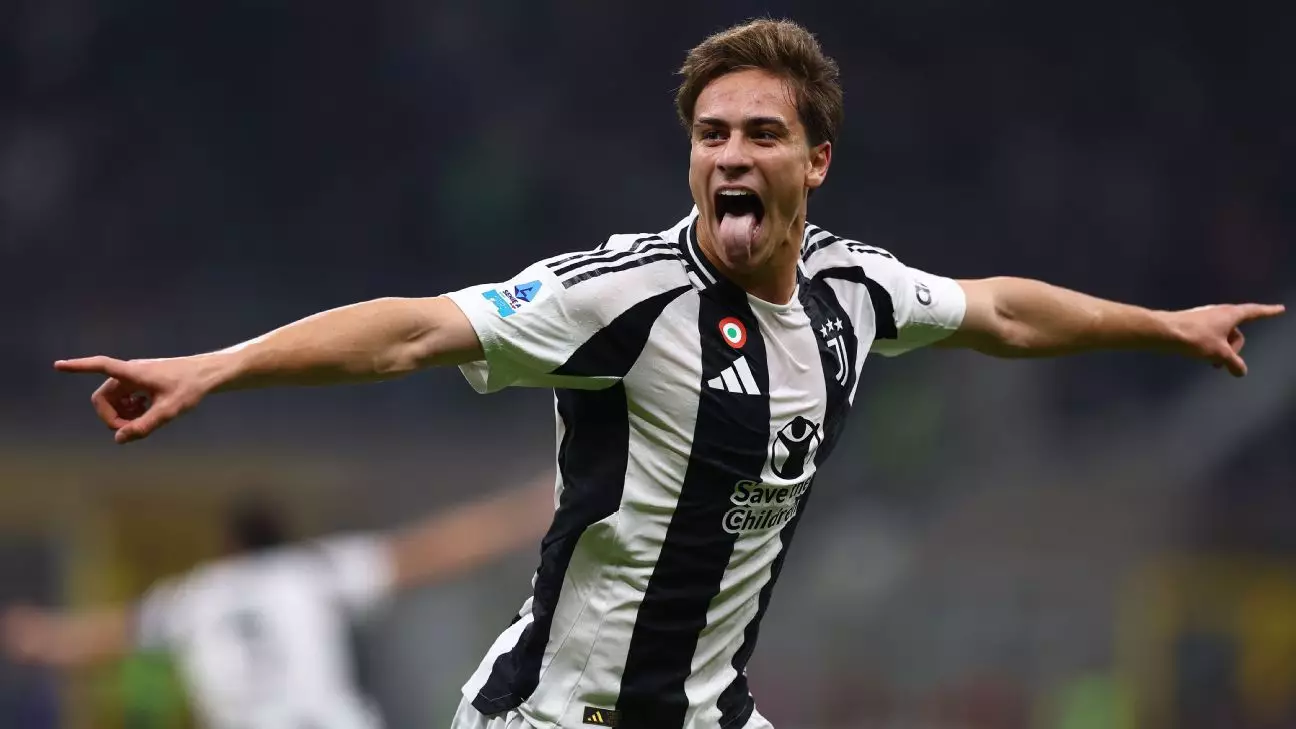The transfer market in football is an ever-evolving narrative, filled with speculation and anticipation that captures the attention of fans globally. As major clubs gear up for potential summer dealings, several key players and strategies are emerging, particularly concerning top-tier teams like Real Madrid and Manchester United. This article delves into the latest transfer rumors, highlighting significant player interests, potential impacts on squad dynamics, and the financial implications of these moves.
Real Madrid is reportedly exploring a transfer for Diogo Dalot, the Manchester United full-back, as they seek to bolster their defensive line. With Dani Carvajal aging and facing injury issues, the need for a reliable right-back has become more pressing for Los Blancos. Dalot, who possesses versatility in playing both full-back roles, has emerged as a candidate, especially with a potential price tag sitting around £50 million. However, this consideration raises critical questions about the club’s spending priorities.
The landscape of the right-back transfer market in recent years illustrates that paying such a premium for a player who is perceived as a squad depth option is risky. Historical data reveals that high-profile transfers for right-backs are rare; only a couple have commanded such fees in the last four years, suggesting that Real Madrid must carefully evaluate the value of any investment in Dalot. The club might be better served waiting for more appropriate targets rather than committing substantial resources to a player who may not significantly elevate their starting eleven.
On the other side of the spectrum, Manchester United is actively targeting young talents like Kenan Yıldız from Juventus and Viktor Gyökeres from Sporting CP. The focus on acquiring Yıldız, a promising midfielder, underscores United’s broader strategy to invest in youthful potential, which could pay dividends in the long run. However, Yıldız’s contract extending until 2029 poses challenges; his potential transfer may encounter resistance from Juventus, making it an uphill battle for the Red Devils.
Moreover, the pursuit of Gyökeres signals a shift in Manchester United’s attacking focus, as they look to secure a striker capable of producing goals consistently in the Premier League. It is reported that the striker could cost around €80 million, which exemplifies the club’s willingness to spend on skillful players who can contribute to immediate success. This could indicate a potential reorientation of their squad dynamics, aiming for a balance of youth and experience ahead of next season.
The current transfer landscape also reveals a noteworthy trend: clubs across Europe are keeping a close eye on emerging talents. Players like Hugo Larsson of Eintracht Frankfurt are drawing attention from major clubs seeking to enhance their squads. His formidable performance in the Bundesliga and UEFA competitions firmly positions him in the sights of Real Madrid and Manchester United, illustrating a growing trend of clubs betting on younger players who demonstrate immediate impact potential.
Similarly, Tijjani Reijnders of AC Milan is garnering interest from several Premier League clubs after an impressive showcase in the Champions League. While his intention to sign a new contract with Milan indicates loyalty, it also reflects his burgeoning reputation, likely pushing Premier League giants like Manchester City and Chelsea to consider a substantial investment in the midfielder. This cross-border interest in fresh talent could reshape the competitive dynamics within leagues as established clubs vie with one another for the best up-and-coming prospects.
Despite the allure of high-profile signings, financial prudence remains a critical consideration for many clubs. As seen with Real Madrid’s caution regarding Dalot’s valuation, the stringent financial realities of employing football strategies in the modern era are undeniable. Clubs are obligated to balance their accounting books against ambitious aspirations. Given the precarious nature of football finance, clubs must make conscientious choices to prevent overspending, particularly on players who may not offer a guaranteed return on investment.
Consequently, clubs are increasingly scrutinizing the potential impacts of transfers on both short-term success and long-term viability. As the landscape of football transfers continues to evolve, the strategic maneuvers taken by clubs like Real Madrid and Manchester United will serve as a litmus test for how teams navigate complex financial waters while striving to improve their squads.
The forthcoming transfer window promises to be a fascinating period as clubs globally assess their needs and scout potential signings. As teams like Real Madrid and Manchester United explore various options, fans can anticipate an intriguing mix of youth and experienced players that could significantly alter the competitive landscape in football.

